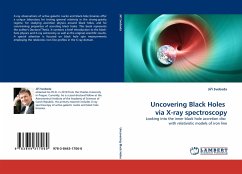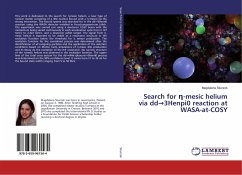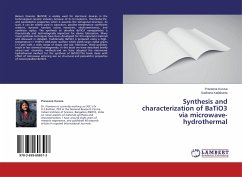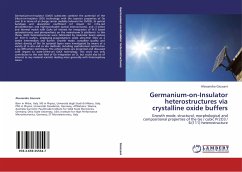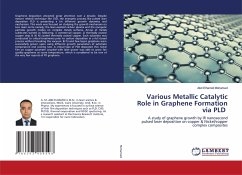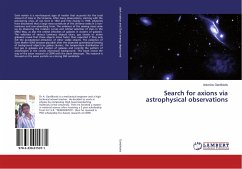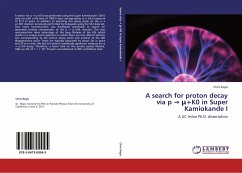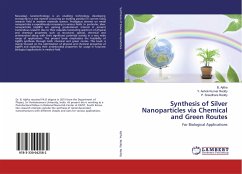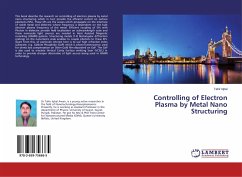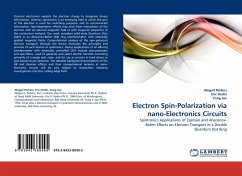
Electron Spin-Polarization via nano-Electronics Circuits
Spintronics Applications of Zeeman and Aharonov-Bohm Effects on Electron Transport in a Double Quantum Dot Ring
Versandkostenfrei!
Versandfertig in 6-10 Tagen
32,99 €
inkl. MwSt.

PAYBACK Punkte
16 °P sammeln!
Classical electronics exploits the electron charge to designate binary information, whereas spintronics is an emerging field in which the spin of the electron is used for switching purposes and to communicate information. Spin-dependent effects may arise from interactions of the electron with an external magnetic field or with magnetic properties of the conduction material. Our work considers solid-state Quantum Dots (QD's) in an Aharonov-Bohm (AB) ring interferometer, with externally applied magnetic fields. Computational analysis of the spin-polarized electron transport through the device il...
Classical electronics exploits the electron charge to designate binary information, whereas spintronics is an emerging field in which the spin of the electron is used for switching purposes and to communicate information. Spin-dependent effects may arise from interactions of the electron with an external magnetic field or with magnetic properties of the conduction material. Our work considers solid-state Quantum Dots (QD's) in an Aharonov-Bohm (AB) ring interferometer, with externally applied magnetic fields. Computational analysis of the spin-polarized electron transport through the device illustrates the principles and promise of such devices in spintronics. Device applications of an AB-ring interferometer with externally controlled QD's include spin-polarizers and spin-filters, used to generate and select electric currents consisting primarily of a single spin state, and for use as sensors in hard drives or spin-based circuit elements. The detailed background descriptions of the AB and Zeeman effects and their computational analysis in nano-electronic circuits will be very helpful to researchers initiating investigations into this cutting-edge field.



